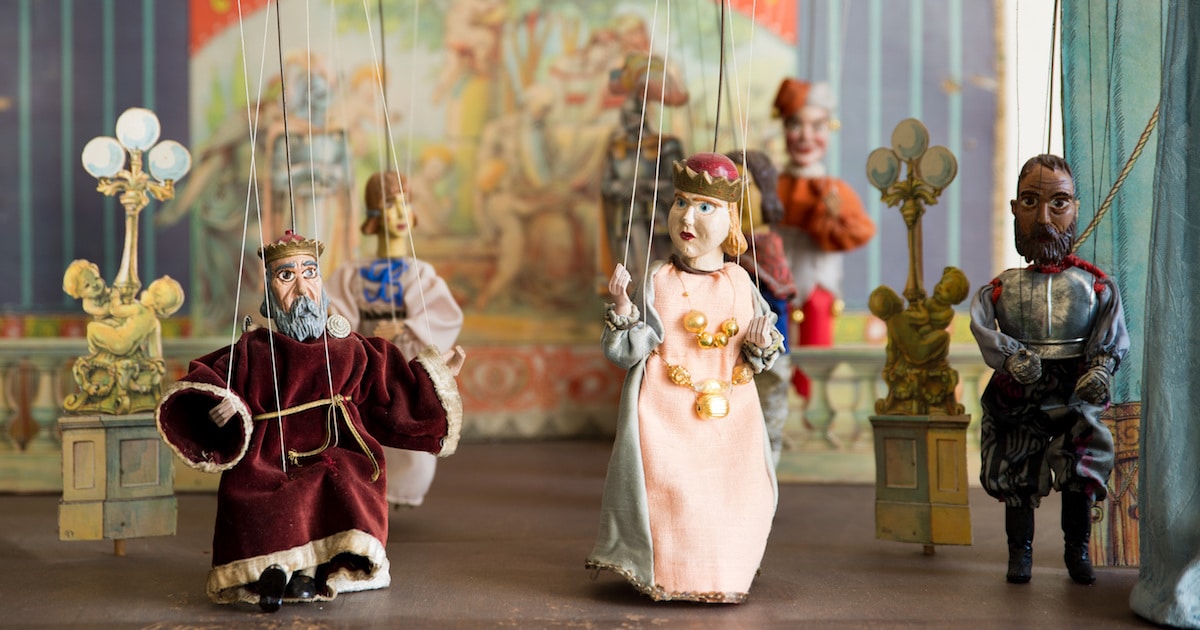
In the ritualistic context, puppet shows are part of prayer rituals held in temples, ruwatan rituals (cleansing children to ward off bad luck), and the sedekah bumi ritual (thanksgiving to the gods for a good harvest.) Ceremonies during which puppetry is employed are mantenan (Javanese wedding ceremony) and the sunatan (circumcision ceremony). Wayang puppet shows are performed during a myriad of events like ceremonies, rituals and even as tourist attractions. Puppets are used to narrate the fables and folklore of Javanese history. In Java, wayang kulit is a form of shadow puppetry. This art form is the peak of Indonesian culture and is popular throughout the country, especially in the islands of Java and Bali. The term may either refer to the entire puppet show or the puppet itself. In Indonesia, the wayang theatre was influenced by Indian puppetry. Great works like the Iliad and Odyssey were presented through puppetry. The oldest written records describing puppetry are in the works of Herodotus and Xenophon, dating back to the 5 th century BCE. Puppets made of clay and ivory and controlled by wires were found in the tombs, while hieroglyphs describing the use of ‘walking statues’ in Ancient Egyptian religious dramas were also described. Ingenious, don’t you think? And as we all know, Egyptian tombs are always an open window into Egyptian culture.

String-operated wooden figures were used to perform the action of kneading bread. Evidence suggests that puppets were used in Egypt as early as 2000 BCE. According to some historians, puppets were used in the theatre even before actors started performing on stage. In the early times, puppets were used to communicate and animate the needs and ideas of humans across different societies. EgyptiangeographicĪn ancient art form, records show that puppetry first existed around 4000 years ago in Ancient Greece. Puppets are used in all societies not just for entertainment, but also as sacred objects during rituals, symbolic effigies during celebrations and as a catalyst for psychological and social change in transformative arts. History and cultural variations of puppetry Puppetry may take various forms, but they all share an object in common- to tell a story. As a result, they have more movement possibilities when compared to a hand or glove puppet. Over the central rod, a body form with arms attached is controlled through separate rods. Puppets suspended and controlled by strings are called marionettes, while rod puppets are made by attaching a head to a central rod. There are even larger hand or glove puppets that require two puppeteers to manage each puppet, like the Japanese Theater Bunraku. A familiar example is the Punch and Judy puppet. Hand or glove puppets are controlled by one hand occupying the inside of the puppet and moving it around. Opening and closing the hand simulates the movement of the puppet’s mouth.

Finger puppets are fit onto a single finger while the sock puppets, made from socks, are manipulated by inserting the hands inside the sock. Finger puppets and sock puppets are the simplest ones. Their construction can be very simple or extremely complicated. The puppets can be of varying materials, depending on the form of puppetry and their use. During the performance, the puppeteer may either speak to add voice to the character of the puppet or play a recorded soundtrack. A performance involving puppets is known as a puppet production, while the script for the production is known as a puppet play. Manipulating the puppets can be done by using hands and arms or through control devices like strings or rods to move the puppet’s body, limbs, head, mouth or even the eyes. The puppets are inanimate objects that may resemble a human or animal figure. Puppetry is a form of performance or theatre where puppets are manipulated by a person known as the puppeteer. Puppeteers perform a puppet show in Taiwan.


 0 kommentar(er)
0 kommentar(er)
